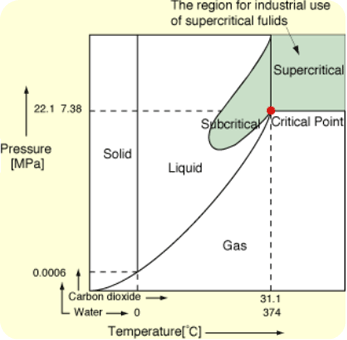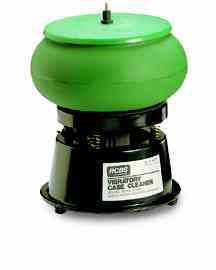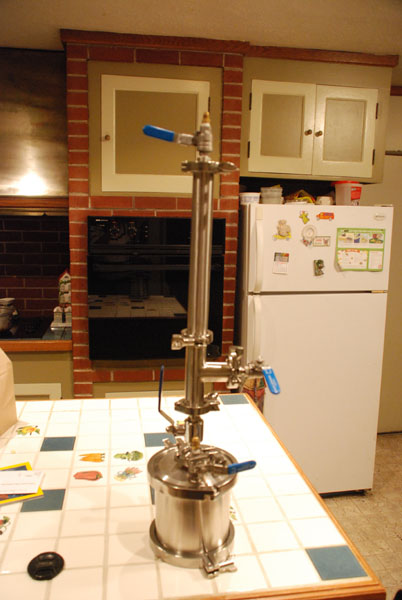Folks,
Vacuum pumps are the workhorse of our industry. They are used for everything from extractors to buchner funnels. So we are doing a multi installment article on pumps, what they are rated for and what they are suitable for.
Types of vacuum pumps generally found around the lab:
- Rotary vane
- Diaphragm
- Scroll
- Turbo-molecular pumps
Rotary vane pumps can be useful for just about every task in the lab. Back-streaming is a major concern; whether it’s a cheapy from Harbor Freight or a shiny new Edwards. One additional drawback to these pumps is contamination of the pump oil and the need for regular oil changes. Diaphragm pumps can be a blessing or a curse. While back-streaming is not a concern with diaphram pumps; when used on rotary evaporators they are impressive but, use one on a short-path and it will likely need a complete rebuild. Which is why this article was written, there is no universal pump!
We are evaluating pumps from multiple manufacturers on multiple processes and have displayed the results in the attached table. This table will be updated as we use more pumps or we find new processes to use them on. All of the pumps listed have either been purchased by one of us, loaned to us or have been used by one of us Pharmers in our travels. We will accept new entries, from any manufacturer, after this article is originally published to keep the table continually updated. Also because we like new toys to play with (especially new pumps).
We hope y’all will share your experience, tips and tricks in the comments section as always.
Pump Evaluation Chart






What is a workable temp /pressure combination for a QWET extraction if I wanted to use a hot water bath as my heat source?
Hi,thank you for comparison table.recently got my self 5l fractional distillation apparatus with 1400 welch pump.seems to me everything works fine with this pump.can you elaborate on your experience working with welch 1400 for fractional distillation and pros and cons .thank you
Before one spends a lot of time thinking about vacuum pumps, one should carefully think about vacuum traps. Most set-ups I've seen either have too few, if any, or they are not properly set-up. Generally speaking, diaphragm pumps don't need traps. Nor do scroll pumps in many applications (think very carefully before deciding you don't need a trap in front of a scroll pump as they are expensive). A vacuum trap is not a glorified condenser/receiver for terpenes, which is what I've most often seen. If you wish to collect terpenes, set-up your still with receiver flasks with valves on them (something like these https://www.chemglass.com/product_view.asp?pnr=AF-0522 ), then distill by slowly increasing the vacuum closing the valve once you've increased the vacuum to the point the terpenes start boiling at room temperature (actually you should close the valve a bit before this). A vacuum trap is the last line of protection your pump has, and should actually collect very little. Ideally one has a -68C (dry ice/acetone) and a liquid nitrogen trap (especially if one wishes to reach 1 mTorr pressures). Don't waste your money on oil diffusion pumps or turbo pumps if you have not mastered the use of vacuum traps...